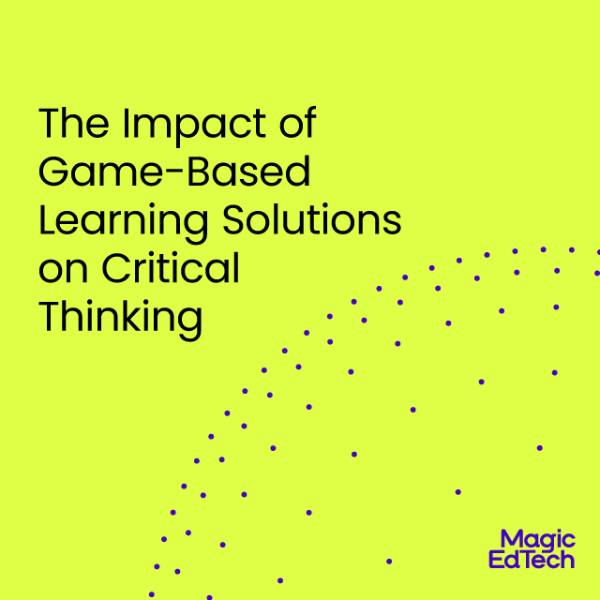The “Business Case” for Diversity, Equity, and Inclusion Isn’t Always the Best Case Scenario
- 12 April, 2023
- Reading Time: 4 mins
Diversity, Equity, and Inclusion (“DEI”) continues to be an important strategic focus of, or – at a minimum – a well-intentioned element of branding or a public stance for many organizations. Institutions, particularly over the last three years, are asserting DEI’s importance in creating a more diverse, equitable, and inclusive workplace for their employees, and an environment that will improve student learning, engagement, and outcomes. While it is true that DEI can bring many benefits to businesses (e.g., differing perspectives on markets, customers, and strategies, which data show will all ultimately fuel innovation and can drive the topline), the approach of winning support for, and funding of, DEI efforts by simply making the “business case” to leaders can ironically be dehumanizing for the very employees, students, or other constituents it is ultimately meant to support.
This perspective was recently, compellingly, mined in the Harvard Business Review article, Stop Making the Business Case for Diversity by Oriane Georgeac and Aneeta Rattan.
The concept of the “business case” for DEI is based on the idea that diversity, equity, and inclusion can bring economic benefits to organizations – something that will persuade business or institutional leaders and animate action, preferably with a commitment of resources. This idea suggests that organizations should prioritize DEI initiatives because they will result in increased profits, productivity, and innovation. While this is true – and that is a good thing – it is important to remember that DEI is not, and should not be, solely about improving an organization’s bottom or top lines.
When organizations focus primarily on the business case for DEI, they risk being reductive relative to the very people they are ostensibly trying to include. The emphasis on economic benefits can make it seem as though the only reason to care about DEI is to make money, rather than because it is the right thing to do.
The moral and ethical principles driving DEI, in this vein, can become momentarily muddied, and diffuse; and then the effort can quickly sharpen and narrow into more of a means to an end. This can undermine the very principles of diversity, equity, and inclusion, which are based on the simple, clear-eyed idea that all individuals deserve respect, dignity, and opportunity regardless of their race, gender, sexuality, or any other demographic moniker.
Furthermore, the business case for DEI alone can create unrealistic expectations about the speed and scope of change. When organizations focus solely on the economic benefits of DEI (while they do indeed exist), they may expect to see immediate improvements in their financial picture. However, true change takes time and effort, and it may not always result in an immediate gain. DEI initiatives must be approached with a longer-term perspective, rather than merely a short-term focus on economic outcomes.
The business case alone for DEI can also perpetuate a tight, aperture-like view of what diversity, equity, and inclusion collectively mean. When organizations focus solely on economic outcomes, they may prioritize initiatives that are easy to measure, such as simply increasing the number of women or people of color in leadership positions. While this is an important step on the path, it is only one aspect of DEI. True diversity, equity, and inclusion efforts require organizations to look beyond the numbers, the demographics, and the roster of demographics in the boardroom. They require a deep understanding of the experiences and perspectives of all individuals, regardless of their background, and provide an environment in which all feel welcomed and are given an equal opportunity to succeed.
The narrowing effects of making simply a business case for DEI can also be seen in the language used to discuss these initiatives. Terms like “diversity hire” can reduce individuals to a checkbox or a number, rather than recognizing them as unique human beings with valuable skills and experiences. This is perilous. This language can perpetuate the idea that DEI is about “box-checking,” rather than creating a truly more equitable and inclusive workplace.
Finally, the business case for DEI can create a sense of tokenism, where individuals from underrepresented groups are brought in solely to burnish a company’s brand. This can create a culture where these individuals feel like they are not valued for their real, contributive skills and experiences, but rather as representations of their identity group. This can lead to feelings of isolation and lack of belonging, which can undermine a more fulsome commitment to the very principles of DEI.
While the business case for DEI can be a useful tool for organizations – and animate action on the part of leaders – it is important to remember that DEI is about much more than just economic benefits. The unintended consequence of making the “business case” for DEI can create a culture where individuals are reduced to numbers, and checkboxes, and where the true principles of diversity, equity, and inclusion are ironically subverted. Organizations must approach DEI with a deep understanding of the experiences and perspectives of all individuals, support and nourish those because it is the right thing to do, and take a longer-term view of the benefits and goals of true diversity, equity, and inclusion within a company.






